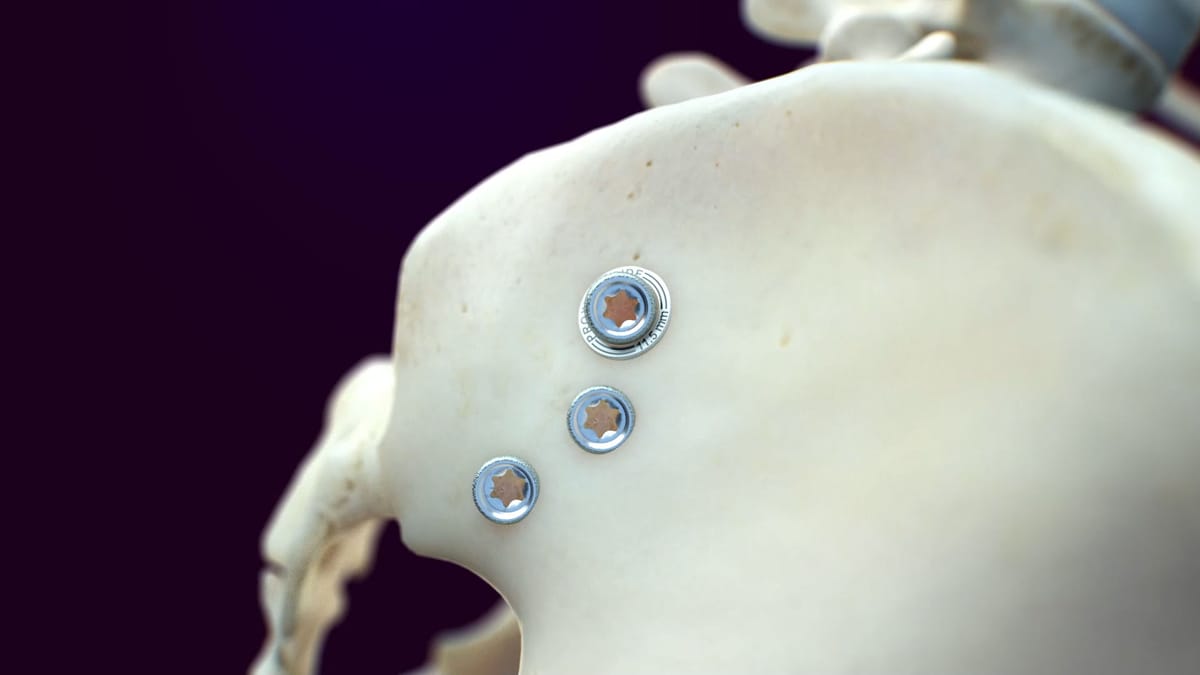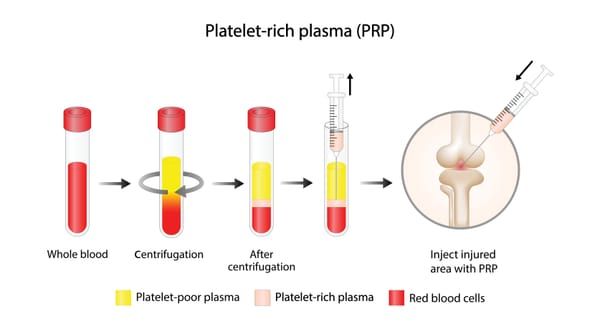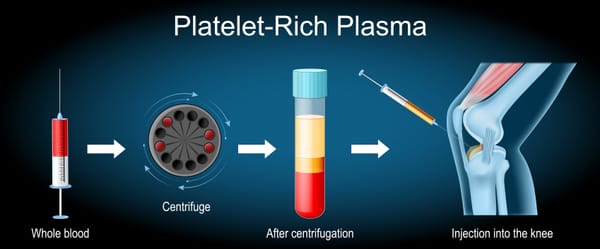Sacroiliac Joint Fusion: A Lasting Solution for SI Joint Instability and Pain

Sacroiliac (SI) joint instability and pain can be a persistent source of discomfort, causing lower back, pelvic, or buttock pain that disrupts daily activities like sitting, walking, or standing. For those who find little relief from conservative treatments like physical therapy or injections, sacroiliac joint fusion offers a promising surgical option to stabilize the joint and alleviate pain.
In this blog post, we’ll explore what SI joint instability and pain are, how sacroiliac joint fusion works, and what patients can expect.
Understanding Sacroiliac Joint Instability and Pain
The sacroiliac (SI) joints connect the sacrum (the triangular bone at the base of the spine) to the iliac bones of the pelvis. These joints are designed for stability, bearing the upper body’s weight while allowing slight movement for flexibility. SI joint instability occurs when the joint becomes too loose (hypermobility) or too stiff (hypomobility), leading to pain and dysfunction.
- Hypermobility: Weak or overstretched ligaments cause excessive movement, irritating the joint or nearby nerves.
- Hypomobility: Stiffness leads to compensatory stress on surrounding tissues, like the lower back or hips.
SI joint dysfunction causes pain in the lower back, buttocks, or pelvis, often on one side, and may radiate to the groin or upper thighs. It’s estimated to account for 10-25% of chronic lower back pain cases, per a 2020 study in Pain Physician, and is frequently misdiagnosed as lumbar disc or facet joint issues.
Causes of SI Joint Instability and Pain
SI joint instability and pain can result from:
- Trauma: Falls, car accidents, or heavy lifting that strain or tear SI joint ligaments.
- Pregnancy and Childbirth: Hormonal changes (e.g., relaxin) loosen ligaments, and childbirth can stress the pelvis.
- Repetitive Stress: Activities like running, golfing, or prolonged sitting overload the joint.
- Arthritis: Osteoarthritis or inflammatory conditions like ankylosing spondylitis inflame or stiffen the joint.
- Ligament Laxity: Conditions like Ehlers-Danlos syndrome or prior surgeries (e.g., lumbar fusion) weaken ligaments.
- Muscle Imbalance: Weak core, gluteal, or hip muscles fail to support the joint.
- Structural Issues: Leg length discrepancies or scoliosis unevenly stress the SI joint.
Women are more prone due to wider pelvic anatomy and hormonal influences, per a 2019 study in Journal of Orthopaedic & Sports Physical Therapy.
Symptoms of SI Joint Instability
Symptoms of SI joint dysfunction include:
- Lower Back or Pelvic Pain: Aching or sharp pain in the lower back, buttocks, or pelvis, often unilateral.
- Radiating Pain: Discomfort in the groin, hips, or upper thighs, rarely extending below the knee.
- Instability Sensation: Feeling like the pelvis is “giving way” or difficulty with transitions (e.g., standing from a chair).
- Pain Triggers: Worsened by prolonged sitting, standing, walking, climbing stairs, or twisting.
- Relief with Position Changes: Pain often eases when lying down or shifting positions.
The Fortin finger test—pointing to pain just below the lower back near the SI joint—can help identify SI-related pain.
What is Sacroiliac Joint Fusion?
Sacroiliac joint fusion is a surgical procedure that stabilizes the SI joint by fusing the sacrum and ilium, eliminating excessive movement and reducing pain. It’s typically performed using minimally invasive techniques, involving:
- Implants: Small titanium screws, rods, or cages are placed across the SI joint to hold it in place.
- Bone Grafting: Sometimes used to promote bone growth and permanent fusion.
- Imaging Guidance: Fluoroscopy or X-ray ensures precise implant placement.
The procedure, performed by a spine specialist, takes 1-2 hours under general anesthesia, often as an outpatient or with a short hospital stay. Unlike conservative treatments, fusion aims for a permanent solution by stabilizing the joint.
How SI Joint Fusion Treats Instability and Pain
SI joint fusion addresses the root causes of instability and pain by:
- Stabilizing the Joint: Implants prevent excessive movement, reducing irritation and inflammation.
- Relieving Nerve Pressure: Stabilizing the joint alleviates stress on nearby nerves, reducing radiating pain.
- Reducing Muscle Strain: A stable joint decreases compensatory muscle spasms in the lower back or pelvis.
- Providing Long-Term Relief: Fusion aims for permanent pain reduction by eliminating joint dysfunction.
Fusion is typically considered for patients with:
- Chronic SI joint pain (over 6 months) not relieved by conservative treatments like physical therapy, SI joint belts, or injections.
- Confirmed SI joint dysfunction via diagnostic injections (e.g., pain relief after anesthetic injection).
- Instability or pain from trauma, arthritis, or prior lumbar fusion.
What Does the Evidence Say?
Research supports SI joint fusion as an effective treatment for chronic SI joint pain and instability, particularly when conservative options fail. Key findings include:
- Pain Reduction: A 2021 study in The Spine Journal found that 70-80% of patients reported at least 50% pain reduction at 1 year post-fusion, with 60% maintaining relief at 5 years.
- Improved Function: A 2020 study in Journal of Neurosurgery: Spine showed that 65-75% of patients had significant improvements in function (measured by the Oswestry Disability Index), enabling better daily activities.
- High Success Rate: A 2019 meta-analysis in Pain Physician reported an 80% success rate for minimally invasive SI joint fusion, with patients resuming normal activities within months.
- Safety Profile: A 2021 review in Global Spine Journal noted a low complication rate (<5%), with minimal risks of infection, implant failure, or nerve injury compared to open surgery.
- Patient Experiences: On platforms like Reddit, patients describe SI joint fusion as “life-changing,” with many regaining mobility and comfort, though some note a longer recovery or mild residual stiffness.
Fusion is not a cure for all back pain and is most effective for confirmed SI joint dysfunction. It’s less helpful for pain from other sources, like lumbar discs or facet joints.
What to Expect from SI Joint Fusion
Here’s an overview of the process:
- Pre-Procedure: Your doctor will review your pain history, symptoms, and imaging (e.g., MRI, CT, or X-ray) to confirm SI joint dysfunction. Diagnostic injections (fluoroscopy- or ultrasound-guided) are often used to verify the SI joint as the pain source. You may need to stop blood thinners or NSAIDs temporarily.
- Procedure: Under general anesthesia, a small incision (2-3 cm) is made in the lower back or buttock. Using fluoroscopy, the surgeon places implants across the SI joint to stabilize it. The procedure takes 1-2 hours, often outpatient or with a 1-day hospital stay.
- Recovery: Mild soreness or swelling at the incision site is common for 1-2 weeks. Patients use crutches or a walker for 2-4 weeks to limit weight-bearing, with full activity resuming in 3-6 months. Pain relief often begins within weeks but may take 3-6 months to peak as the joint fuses.
- Follow-Up: Regular check-ups with X-rays monitor fusion progress and implant stability. Physical therapy is often recommended to restore strength and mobility.
- Side Effects: Common side effects include temporary soreness, bruising, or stiffness. Rare risks (<5%) include infection, implant loosening, nerve injury, or non-fusion, minimized by experienced surgeons.
Benefits and ConsiderationsBenefits:
- Significant pain relief, often 50-80% reduction, lasting years.
- Improved function, enabling better mobility and daily activities.
- Minimally invasive with smaller incisions, lower risks, and faster recovery than open surgery.
- Long-term solution for SI joint instability, reducing reliance on medications.
- Preserves more spinal motion than lumbar fusion.
Considerations:
- Temporary side effects like soreness, swelling, or limited mobility during recovery.
- Rare risks include infection, implant failure, or nerve irritation (<5%).
- Costs range from $15,000-$30,000, with insurance coverage varying (often approved with confirmed SI joint dysfunction and failed conservative treatments).
- Not suitable for pain from other sources (e.g., disc herniation, facet joints).
- Recovery requires commitment to physical therapy and activity restrictions.
Is SI Joint Fusion Right for You?
SI joint fusion is typically considered for patients with:
- Chronic SI joint pain or instability (over 6 months) not relieved by physical therapy, SI joint belts, injections, or medications.
- Confirmed SI joint dysfunction via diagnostic injections or imaging.
- Pain from trauma, arthritis, pregnancy-related instability, or prior lumbar fusion.
- No significant spinal instability requiring more extensive surgery.
Your healthcare team, including a spine surgeon, orthopedist, or pain specialist, will assess:
- The source of your pain, using imaging, physical exams, or diagnostic injections.
- Your overall health, including any contraindications like active infections or bleeding disorders.
- Your goals, such as pain relief, improved function, or avoiding long-term medication use.
Discuss the procedure’s risks, benefits, and recovery process with your provider. Choosing a surgeon experienced in minimally invasive SI joint fusion is critical for success.Complementary Treatments
SI joint fusion is often part of a broader pain management plan, including:
- Physical Therapy: Core, gluteal, and hip strengthening to support recovery and prevent future issues.
- Medications: NSAIDs, muscle relaxants, or neuropathic drugs (e.g., gabapentin) for residual pain during recovery.
- Interventional Procedures: Corticosteroid injections or radiofrequency ablation for temporary relief before or after fusion.
- Lifestyle Changes: Weight management, ergonomic adjustments, and avoiding aggravating activities.
- Psychological Support: Counseling or mindfulness to manage chronic pain’s emotional toll.
A 2021 study in Journal of Pain Research found that combining SI joint fusion with physical therapy improved outcomes by 30-40%, emphasizing a multidisciplinary approach.
Living with SI Joint Pain
SI joint pain and instability can feel limiting, affecting work, hobbies, or sleep. SI joint fusion offers hope for lasting relief, but recovery requires patience and commitment. Keep a pain diary to track symptoms and share details with your healthcare team. Support groups, through organizations like Spine-Health (spine-health.com) or the American Academy of Orthopaedic Surgeons (aaos.org), or online platforms like Reddit, provide a space to connect with others and share coping strategies.
Emotional support is vital, as chronic pain can lead to frustration or depression. Lean on counselors, family, or friends for encouragement. Practical steps, like using supportive seating or pacing activities, can help during recovery.
Why Awareness Matters
SI joint dysfunction accounts for 10-25% of chronic lower back pain, yet it’s often misdiagnosed as lumbar spine issues, per a 2019 study in Journal of Orthopaedic & Sports Physical Therapy. SI joint fusion is a relatively new option, and awareness ensures patients access this effective treatment when conservative methods fail.
If you’re struggling with lower back, pelvic, or buttock pain, consult a specialist, about whether SI joint fusion could help. Resources like Spine-Health or the International Society for the Advancement of Spine Surgery (isass.org) offer valuable information and support.
By spotlighting treatments like sacroiliac joint fusion, we can bring hope and relief to those facing SI joint pain. Let’s keep the conversation going—no one should endure this pain alone.
Disclaimer: This blog post is for informational purposes only and not a substitute for professional medical advice. Consult a healthcare provider for diagnosis and treatment of sacroiliac joint instability or pain.



